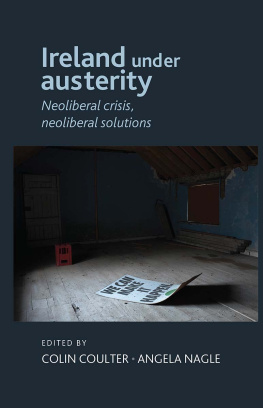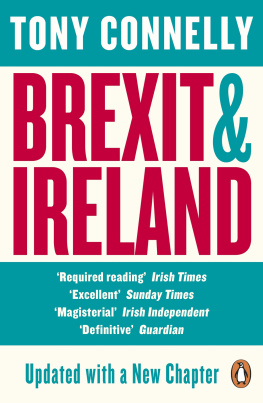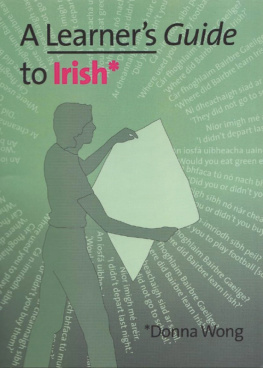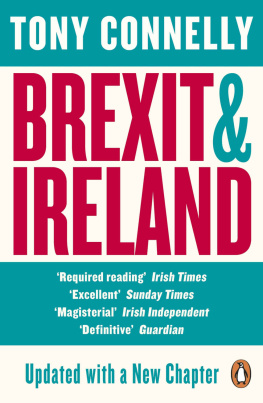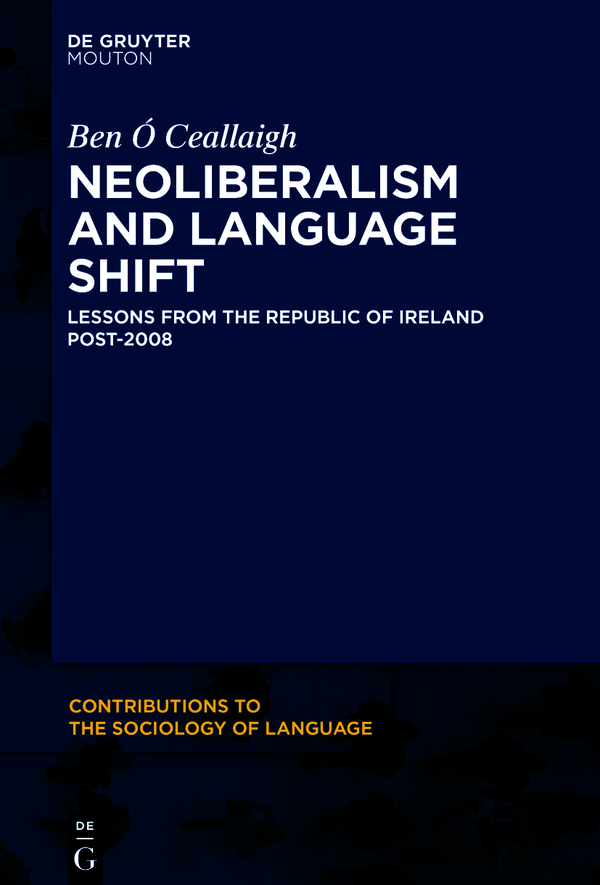1.1 Language loss and macro-level social change
As many authors working in the area of language loss and endangerment have observed, the majority of the roughly 7,000 languages currently spoken are destined to be extinct by the end of the present century. Figures show that language shift has accelerated in recent decades and that the terminal speakers of more than half the worlds languages are already alive ().
In attempting to explain this enormous, unprecedented rate of loss, it has often been observed that language shift is an epiphenomenon of macro-level social change (e.g., Nettle and Romaine ). With the early years of the 21st century being marked by fundamental social transformation perhaps unmatched since industrialization (Putnam and Goss 2002: 14), it is unsurprising that we face such an immense reduction in global linguistic diversity.
Endeavouring to get closer to the root of what drives such developments, statements linking language loss to economic forces are commonplace in Language Planning and Policy (LPP) literature. Grenoble and Whaley, for instance, state that economics may be the single strongest force influencing the fate of endangered languages (, similarly notes that
the power of state language policies to produce intended outcomes is severely constrained by a variety of social, political and economic structures which sociolinguists have typically not addressed, even though their consequences are profound and of far more importance than language policies.
(: 456)
Despite the frequency of comments about economic forces driving language shift, as Romaine notes, there have been very few attempts made at explaining how precisely this process occurs. In light of the immediacy of the challenges facing those committed to the maintenance of linguistic diversity, it is, however, appropriate that a detailed understanding of this fundamental link be developed. This book takes some steps towards filling this gap in our knowledge.
has discussed the implications of both regulated and deregulated market contexts for minoritised languages, this study documents a period of transition between these two poles, from a relatively heavily regulated language policy regime to a much more deregulated, neoliberal one in the years since 2008.
Through examining the interaction between macro- and micro-level developments, I offer a contribution to the study of social causality and the effects of economic structures on minoritised language communities and language revitalisation policy. In doing so, I demonstrate that even in a country in which the state is ostensibly committed to language revitalisation, language policies can be decisively shaped by macro-economic forces.
Although the concept of language shift has been problematised by some scholars (e.g., Heller and Duchne 2007: 3), this work follows Potowskis definition of it being the replacement of one language by another as the primary means of communication and socialization within a community (2013: 321). By better understanding the causes of language shift, it is hoped that the path to reversing this process will become more evident (cf. : 39), both for Irish and other threatened languages.
Despite having undergone centuries of minoritisation, Irish is constitutionally the first official language of the Republic of Ireland, the state which comprises some three-quarters of the landmass of the island of Ireland. This contrasts with the political situation in Northern Ireland (a contested term which refers to the north east of the island, which is still part of the United Kingdom), where the language is in a weaker position (: 336). This work focuses on the Republic of Ireland, being as that is where all of the official Gaeltacht is located and where the effects of the 2008 crash on language policy are most evident. Unless otherwise noted, figures given for speaker numbers, funding etc. refer to the Republic.
: 8, 66). After the foundation of the state in 1922, Irish enjoyed a level of institutional protection much greater than other similarly sized minoritised languages (see section 2.3). This support was particularly important for Gaeltacht communities, which are overwhelmingly located in poorer, peripheral areas. As will be demonstrated, however, the austerity measures which followed 2008 saw the strength of this support greatly weakened. Indeed, capital expenditure on Irish by 2017 was less than one seventh of what it had been in 2008 (see 4.2), despite the economy having returned to rapid growth by then.
1.2 Book structure
This book is divided into four parts. The first, Foundations, consists of Chapters 1 and 2. This introductory chapter will proceed to outline the methodology used in this study a combination of policy analysis, ethnographic participant observation, semi-structured interviews and reference to previously extant statistical data. Chapter 2 offers a brief history of Irish-English language shift and revitalisation measures pre-2008. It also discusses the nature of neoliberalism, recent developments in the economy of the Republic of Ireland and the socioeconomic consequences of the 2008 crash for the country.
In Part 2, consisting of Chapters 3 to 6, I discuss overt and covert Irish-language policy post-2008, drawing on concepts which are popular in public policy and political economy literature, but which have not been widely adopted by scholars in the field of LPP. The extreme rationalisation of the Irish-language sector during this time is detailed and many examples are given of the vastly disproportionate budgetary cuts language promotion schemes received. I argue that these cuts are reflective of neoliberalisms antipathy towards both redistributive economic policies and social planning, particularly with regards to culturalist endeavours such as minoritised language promotion, which are seen to be of little or no value to the interests of international capitalism.
As well as further examining the wider socio-political context in which language policy reforms were introduced, Chapter 3 considers the content and implementation of key policies such as the 20-Year Strategy for the Irish Language 20102030 and the Gaeltacht Act 2012. I contend that these amount to a withdrawal from the language revitalisation project on a scale not hitherto seen, with the 2008 crisis having punctuated the previous policy equilibrium and allowed for widespread rationalisation of Irish LPP. As such, these policies present an archetypal example of the type of state reform that is characteristic of neoliberalism. I continue this discussion in Chapters 4 and 5. Chapter 4 examines covert language policy by referring to the impact of austerity on various Irish-language promotion institutions such as


